
ADHD stands for Attention Deficit Hyperactivity Disorder, a neurodevelopmental disorder characterized by a persistent pattern of inattention, hyperactivity, and impulsiveness. While these behaviors are typical for all children at times, ADHD causes these symptoms to be more severe, consistent, and disruptive to daily functioning. ADHD affects millions of children and can often persist into adulthood.
Understanding what Attention Deficit Hyperactivity Disorder is, how it manifests, and its potential impacts is crucial for fostering empathy, proper management, and effective treatment.
Understanding ADHD: A Brief Overview
Attention Deficit Hyperactivity Disorder is more than just an inability to focus. It is a complex condition that affects the brain’s ability to regulate attention, impulses, and activity levels. ADHD falls under the category of neurodevelopmental disorders, meaning that it impacts brain development and functioning.
Although its symptoms can manifest in childhood, attention deficit hyperactivity disorder is not just a childhood disorder—it can continue into adolescence and adulthood, affecting various aspects of a person’s life, including education, work, relationships, and self-esteem. There are three main types of ADHD, depending on the symptoms:
- Inattentive Presentation: The person struggles with paying attention to details, staying focused on tasks, following instructions, and organizing activities. They may also appear forgetful, easily distracted, and daydream frequently.
- Hyperactive-Impulsive Presentation: This involves excessive fidgeting, inability to stay seated, talking excessively, and acting without thinking. People with this presentation often seem restless, interrupt others frequently, and have difficulty waiting their turn.
- Combined Presentation: The most common type, which includes both inattentive and hyperactive-impulsive symptoms.
ADHD Symptoms
The symptoms of ADHD are usually categorized into two groups: inattention and hyperactivity/impulsivity. Each person with Attention Deficit Hyperactivity Disorder can exhibit these symptoms to different degrees, and not every individual will experience every symptom.
Inattention Symptoms
- Lack of Focus: Children with ADHD may have trouble paying attention, especially when doing tasks they find repetitive or boring. They might not listen when spoken to directly, often losing track of conversations or instructions.
- Difficulty in Organizing: Staying organized or keeping track of tasks is challenging for those with Attention Deficit Hyperactivity Disorder. They may struggle to manage time, forget to complete tasks, and have messy workspaces or school desks.
- Easily Distracted: Distractions can pull attention away from the task at hand. This might mean a child who can’t finish their homework because they are too focused on background noises or other irrelevant details.
- Forgetfulness: Forgetting daily tasks, losing things, or neglecting to follow through on responsibilities are also common traits.
Hyperactivity and Impulsivity Symptoms
- Fidgeting: A child with ADHD may constantly tap their feet, squirm in their seat, or feel an overwhelming urge to move around, even in situations where it’s inappropriate.
- Excessive Talking: Talking out of turn, interrupting others, or dominating conversations without giving others a chance to speak is another common sign of ADHD.
- Impatience: Waiting patiently is difficult for individuals with Attention Deficit Hyperactivity Disorder. Whether it’s standing in line or waiting for their turn in a game, they may exhibit frustration or restlessness.
- Acting Without Thinking: This might include risky behaviors such as running into the street without checking for traffic or interrupting someone in the middle of a sentence without realizing the impact.
ADHD in Children vs. Adults
While ADHD is most commonly diagnosed in children, it often continues into adulthood, though the symptoms can manifest differently. Understanding how ADHD changes over time is important for parents, educators, and even those experiencing the disorder firsthand.
ADHD in Children:
ADHD is typically diagnosed in children before the age of 12. In younger children, symptoms of hyperactivity are more pronounced—they may be constantly running, jumping, or moving around. As they grow older, hyperactivity might lessen, but the inattentive symptoms often become more noticeable.
Children with ADHD may struggle with schoolwork, find it hard to follow routines, and have trouble getting along with peers because of impulsivity. Parents and teachers often notice signs of ADHD when a child has difficulty staying seated during class, frequently interrupts, or has trouble focusing on homework.
However, it’s essential to understand that every child exhibits these behaviors occasionally. For an Attention Deficit Hyperactivity Disorder diagnosis, the behaviors must be persistent and impair the child’s ability to function in multiple settings, such as at school and home.
ADHD in Adults:
In adults, hyperactivity is less prominent, but other symptoms such as inattention, restlessness, and impulsivity can continue. Adults with ADHD might struggle with organization, time management, and maintaining long-term relationships.
Many adults with ADHD report feeling overwhelmed by daily tasks, constantly starting but never finishing projects, and having difficulty managing responsibilities at work or in their personal lives.
Moreover, adults with ADHD may face challenges in maintaining jobs, following through on commitments, and managing finances. They might also struggle with anxiety, depression, and low self-esteem due to the cumulative effects of attention deficit hyperactivity disorder symptoms over time.
Causes of ADHD
The exact causes of ADHD are not fully understood, but research suggests that a combination of genetic, environmental, and neurological factors play a role.
Genetic Factors:
ADHD tends to run in families, suggesting a strong genetic component. Studies indicate that parents and siblings of someone with attention deficit hyperactivity disorder are more likely to have the condition themselves. Specific genes that affect dopamine regulation, a neurotransmitter linked to attention and reward, have been implicated in ADHD.
Brain Structure and Function:
Brain imaging studies show differences in the structure and function of the brains of people with Attention Deficit Hyperactivity Disorder, particularly in areas involved in attention, impulsivity, and regulation of behavior.
People with ADHD tend to have differences in the size and activity of certain brain regions, such as the frontal lobes, which are responsible for planning, organizing, and controlling impulses.
Environmental Factors:
While genetics play a significant role, certain environmental factors can also contribute to the development of attention deficit hyperactivity disorder. These include:
- Prenatal Exposure: Exposure to tobacco smoke, alcohol, or drugs during pregnancy can increase the risk of a child developing Attention Deficit Hyperactivity Disorder. Premature birth and low birth weight are also risk factors.
- Environmental Toxins: Exposure to lead or other toxins in early childhood has been linked to a higher risk of developing Attention Deficit Hyperactivity Disorder.
- Early Childhood Trauma: Some studies suggest that extreme stress, abuse, or trauma during early childhood may contribute to the development of ADHD.
Diagnosing ADHD
Diagnosing ADHD is not as simple as running a test or scanning the brain. Instead, a diagnosis typically involves a thorough evaluation by a healthcare professional, such as a pediatrician, psychologist, or psychiatrist, based on behavioral observations, reports from teachers and parents, and standardized questionnaires.
For a child to be diagnosed with attention deficit hyperactivity disorder, their symptoms must be present for at least six months and must be more severe than what would be expected for children of the same age.
Symptoms must also impair functioning in at least two different areas, such as home and school. In adults, the diagnosis involves assessing how symptoms affect work, relationships, and daily functioning.
Treatment Options
ADHD treatment typically involves a combination of behavioral therapies, medication, and lifestyle changes. Each individual’s treatment plan is tailored to their specific needs and circumstances.
Medication:
The most commonly prescribed medications for Attention Deficit Hyperactivity Disorder are stimulants such as methylphenidate (Ritalin) and amphetamines (Adderall). These drugs work by increasing the levels of certain neurotransmitters in the brain, helping to improve focus and reduce impulsivity. Non-stimulant medications such as atomoxetine (Strattera) are also available and can be effective for some individuals.
Behavioral Therapy:
For children, behavioral therapy focuses on teaching them skills to manage their symptoms and improve their behavior in specific situations. Parents and teachers may also be involved in therapy to learn strategies for helping the child succeed in various environments.
Adults with attention deficit hyperactivity disorder often benefit from cognitive-behavioral therapy (CBT), which helps them develop practical coping strategies for managing time, staying organized, and controlling impulses.
Lifestyle Changes:
A balanced diet, regular exercise, and adequate sleep can all help manage Attention Deficit Hyperactivity Disorder symptoms. Physical activity, in particular, has been shown to have a positive effect on attention and impulse control.
Conclusion
ADHD is a multifaceted disorder that affects people of all ages. Understanding what Attention Deficit Hyperactivity Disorder stands for, recognizing its symptoms, and being aware of its impact on daily life are essential for those living with the disorder and their loved ones. With proper diagnosis, treatment, and support, individuals with ADHD can lead fulfilling and productive lives.



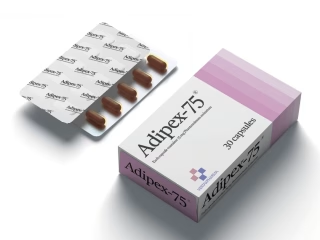

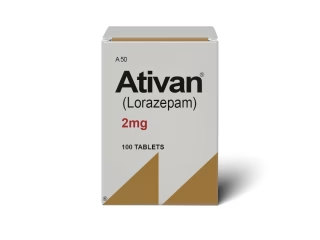
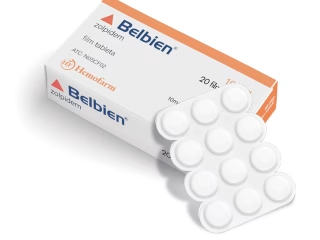
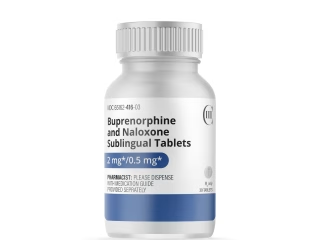

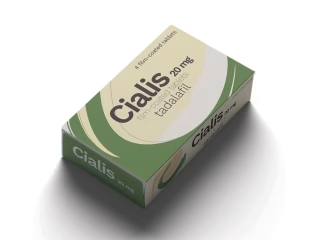

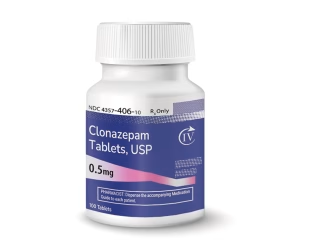

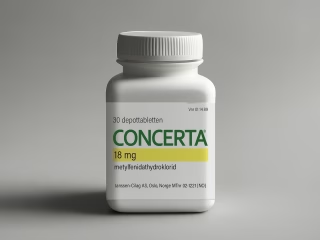



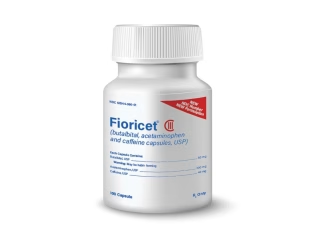
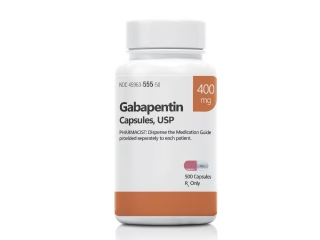


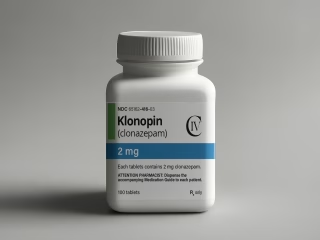
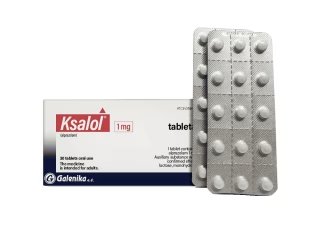

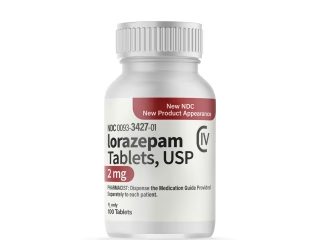

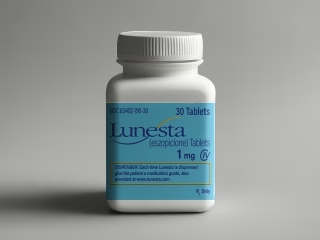
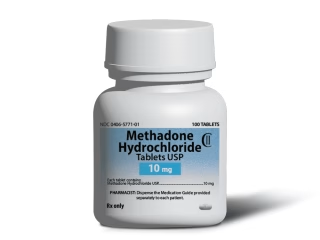
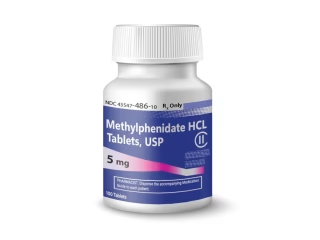
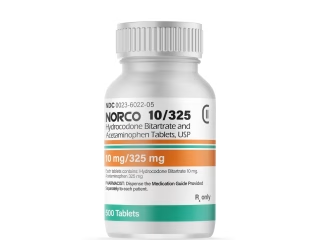

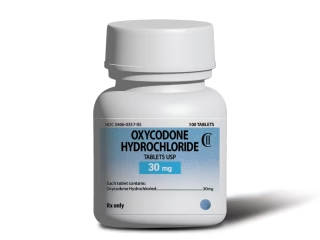
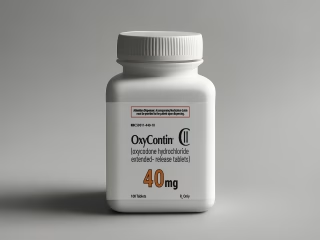
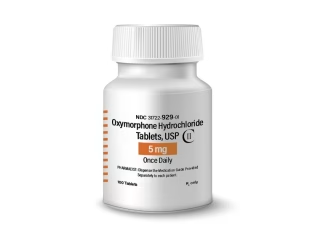
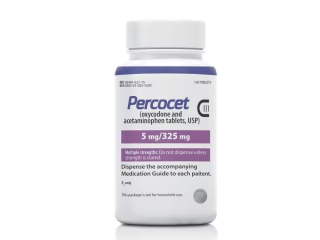



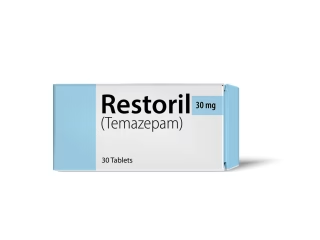
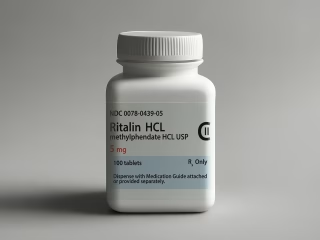
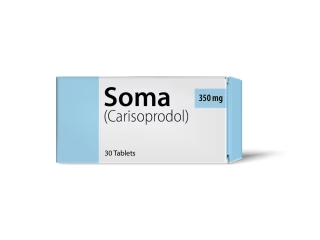

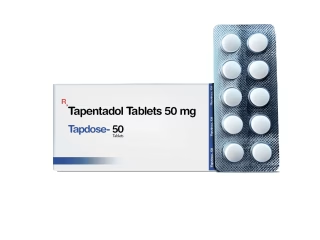

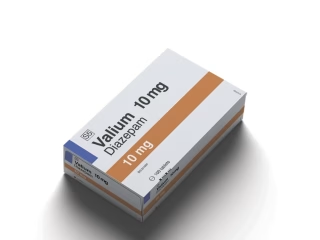


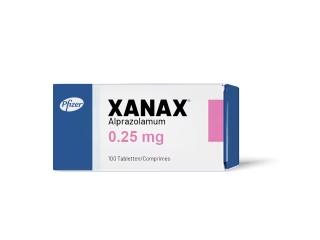
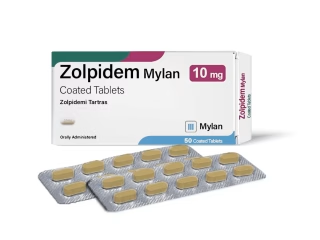
Leave a Reply